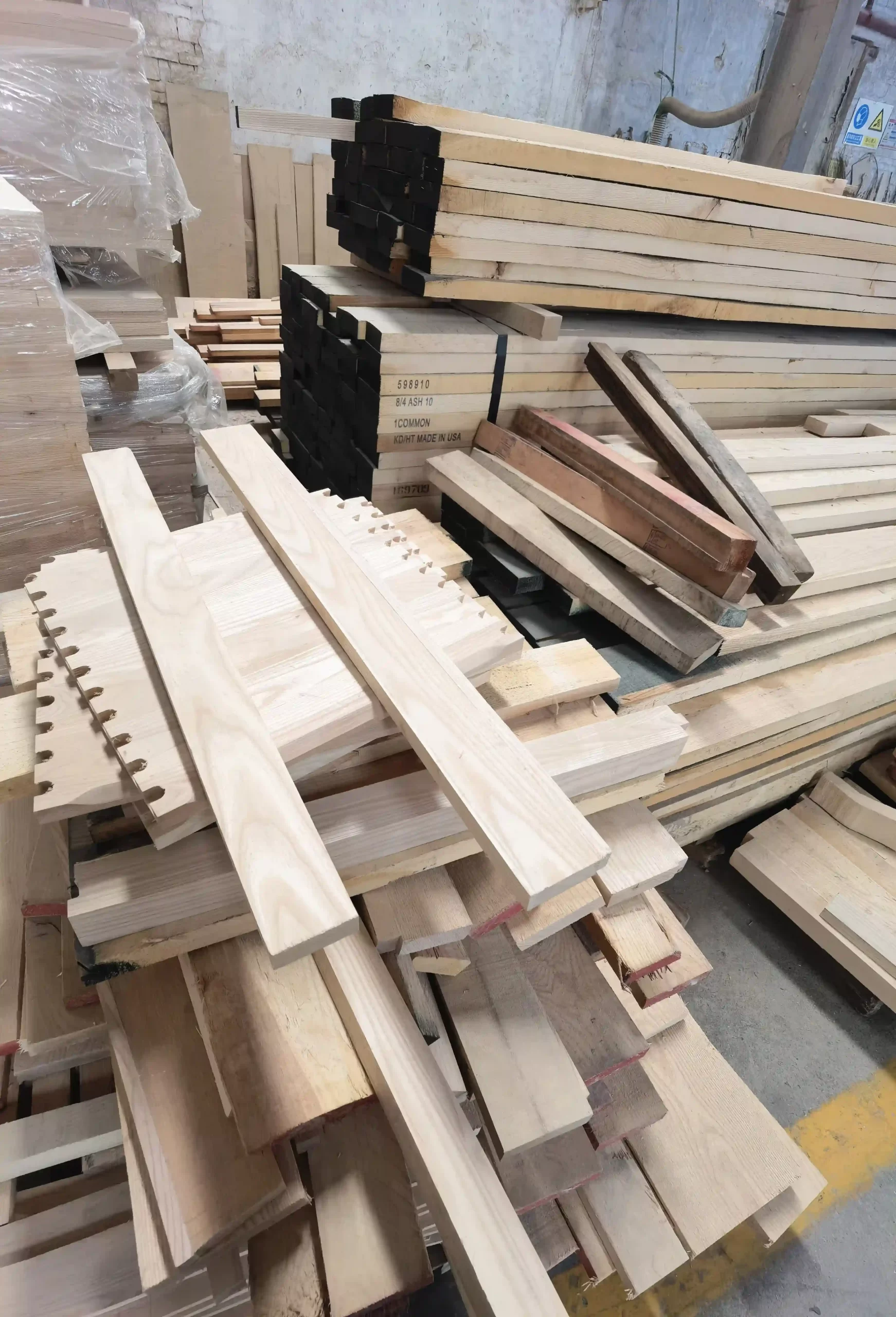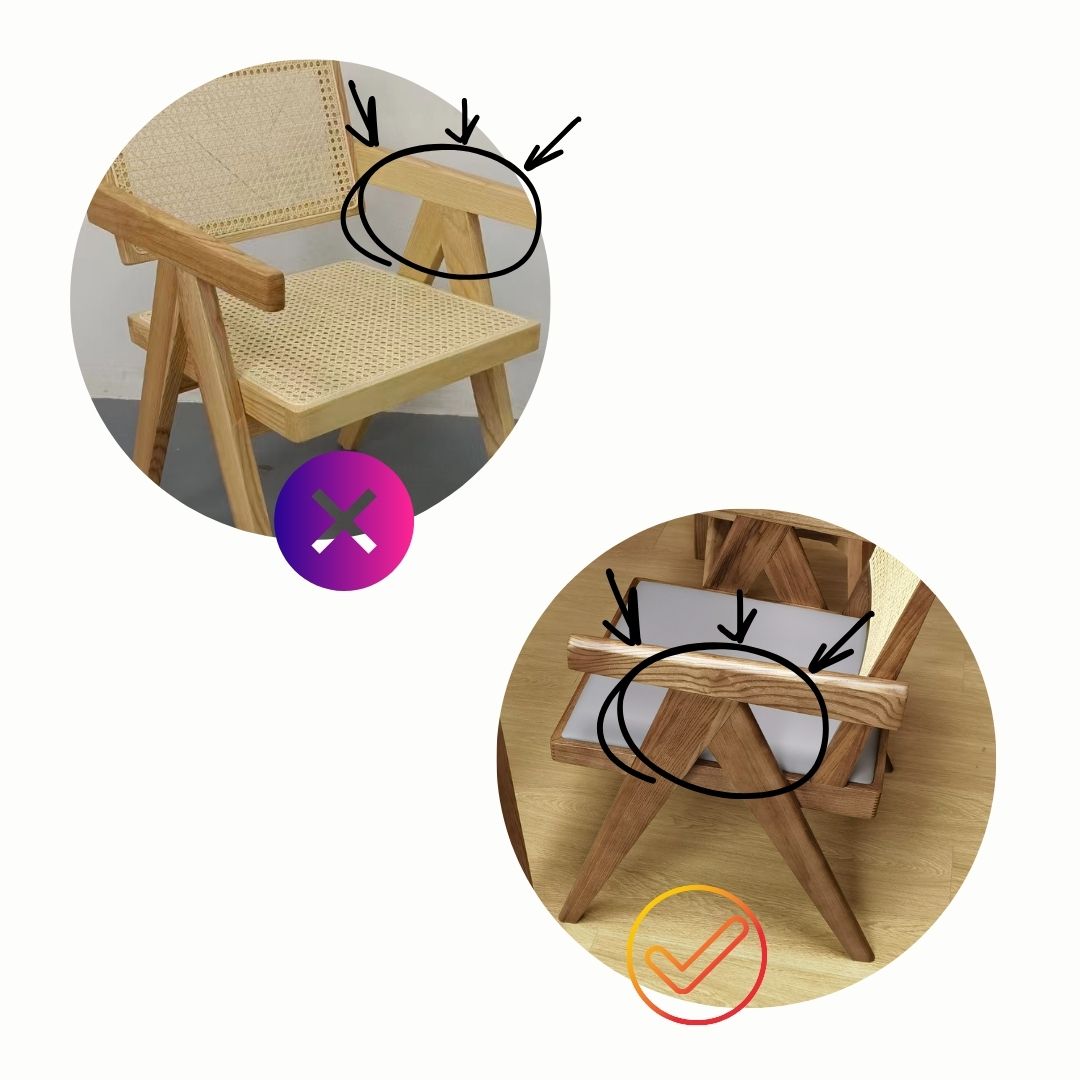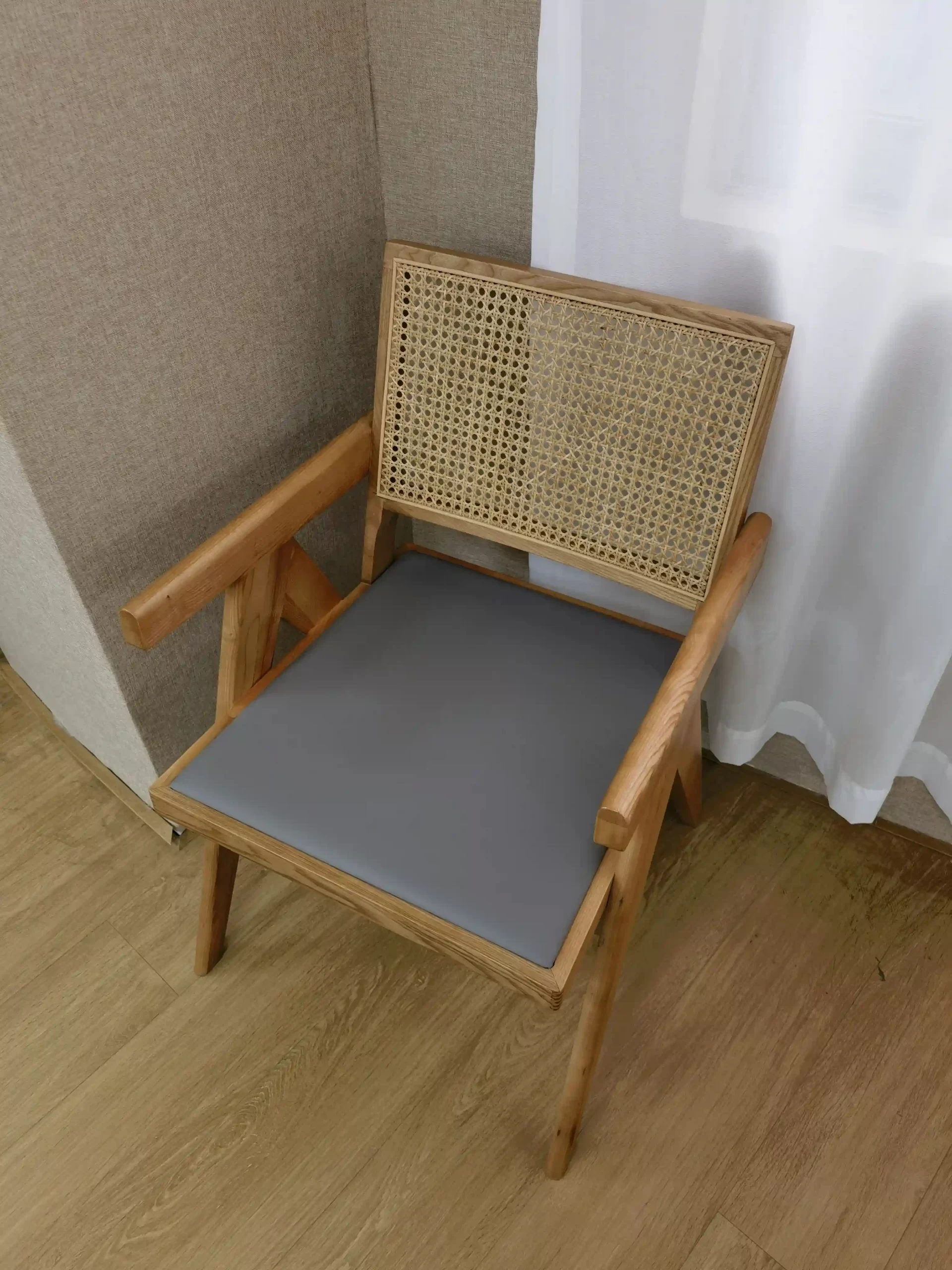Our Location
No.2 Zhongxing Road, Chenchong Industry Zone, Longjiang Town, Shunde District, Foshan City, Guangdong P.R China.
Designed by Pierre Jeanneret in the 1950s, the arm chair with ratten backrest and Burmese teak frame was used in Central Polytechnic as office chairs. A masterpiece of vintage look and well seat comforts. It become popularzied again after year 2000, a French antique merchandiser found its beauty and brought to the world. Now it has become one of the most favorite collections for interior decor cases.
From the perspective of affordability, the wood frame has multiple versions except original Burmese teak which is best in quality but too precious plant. Ashwood is a popular choice for its hardness enough as support and moderate price less than teak, walnut, oak etc.

Although the frame shape has been tested by experience over decades, many variants are changing based on the original look, when they look no difference, what to differ better ones when use the same wood, ratten, soft padding?
The traditional mortise joint has a long history, earlier before the Qin dynasty (Chinese first emperor) when a Chinese artisan Luban invented 榫卯(sun mao) and used in practical.

Focus to the chair, V leg use a simple way to joint two wooden frames together by more glue. This type has a large amount of producers in market, especially outside of China, an easy way to make products. Optimized by the mortise joint way with less glue, the frame is enabled to distract pressure by the two legs not in a split way. There is no worry for crack, transformation and shake after long time use.

Lifepursue wooden chair with varnish finish presence the natural beauty, craftsmanship and quality is the respect to real material and designer in the look and structure.